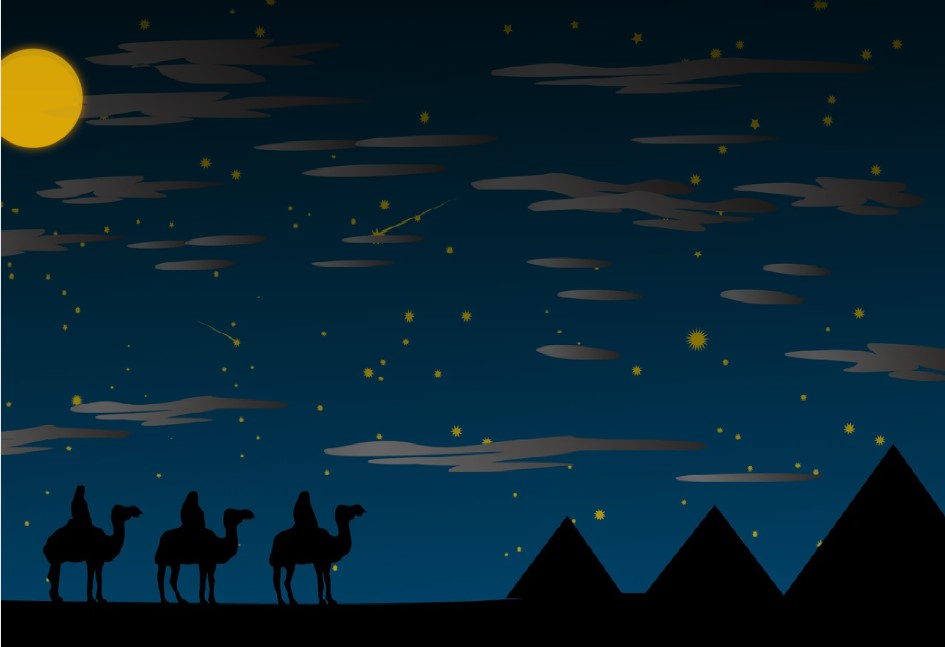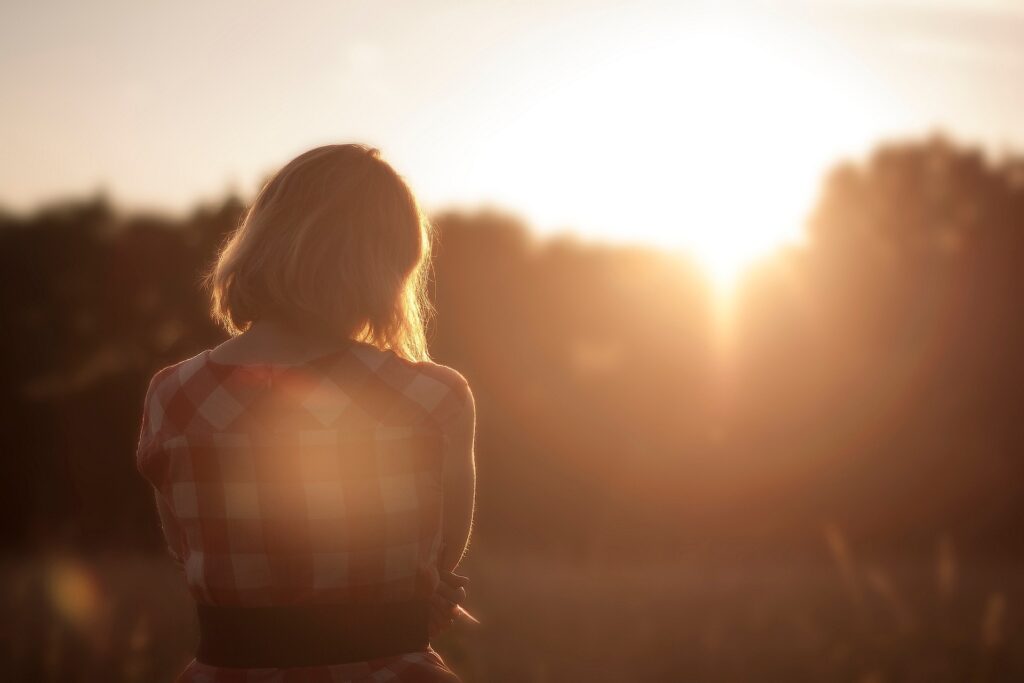This year’s sky constellation does not offer bad conditions for observing the annual meteor stream of the Perseids: The maximum phenomenon on Monday (August 12) falls in the afternoon or early evening hours in this country. According to the Vienna Working Group for Astronomy (WAA), many sightings can be expected after that, which, assuming a clear view of the night sky, should hardly be disturbed by moonlight.
Every year in mid-August, the Earth crosses the path of comet 109P/Swift-Tuttle, whose dust trail produces the Perseids shooting star shower. This happens because the dust grains collide with the Earth’s atmosphere at an average speed of around 60 kilometers per second. There, they vaporize at high altitudes and cause the air behind them to glow. The name “Perseids” comes from the fact that it looks as if stars are falling from the constellation of Perseus.
The meteor stream is also called “Tears of St. Lawrence” because its appearance coincides with the martyr Lawrence’s name day, August 10, and was once interpreted as the tears of heaven over his martyrdom. The constellation rises in the northeast late in the evening in mid-August and climbs into the eastern half of the sky until dawn.
Climax on Monday
Daylight interferes with our latitudes when observing the absolute maximum on August 12 between 3 p.m. and 6 p.m. However, as the maximum is “relatively broad,” as WAA President Alexander Pikhard explained, more meteor sightings can be expected throughout the night on Tuesday. There will be relatively little disturbing light from the moon, as the waxing crescent moon will not produce much optical noise. Moreover, on the night of the Perseids’ peak, the moon sets in Vienna at 10.52 p.m., according to Pikhard, who, unlike in previous years, is not planning a public viewing with the WAA this year.
The annual shower of shooting stars was also recently used by the Umweltdachverband (UWD) as an opportunity to draw attention to the continuing increase in light pollution. According to a press release, it only gets really dark nationwide in untouched night oases, such as around the Kaunergrat Nature Park House in Kaunertal, in the Attersee-Traunsee Star Park, at the Almhaus on Hochbäreneck or in the Gesäuse National Park in Johnsbach. The border triangle between Styria, Lower Austria, and Upper Austria is also one of the regions in Europe least affected by light pollution. Because of this finding, better legislation is needed to curb artificial lighting.
No special equipment is needed to observe the Perseids. Most potential sightings—up to a maximum of 100 per hour—occur in areas where there is sufficient darkness, such as in the mountains. Binoculars or telescopes narrow the field of vision, which is actually a hindrance when viewing the Perseids. According to the WAA, the phenomenon can be observed until August 24.
- source: wetter.at/picture: pixabay.com
This post has already been read 7774 times!



